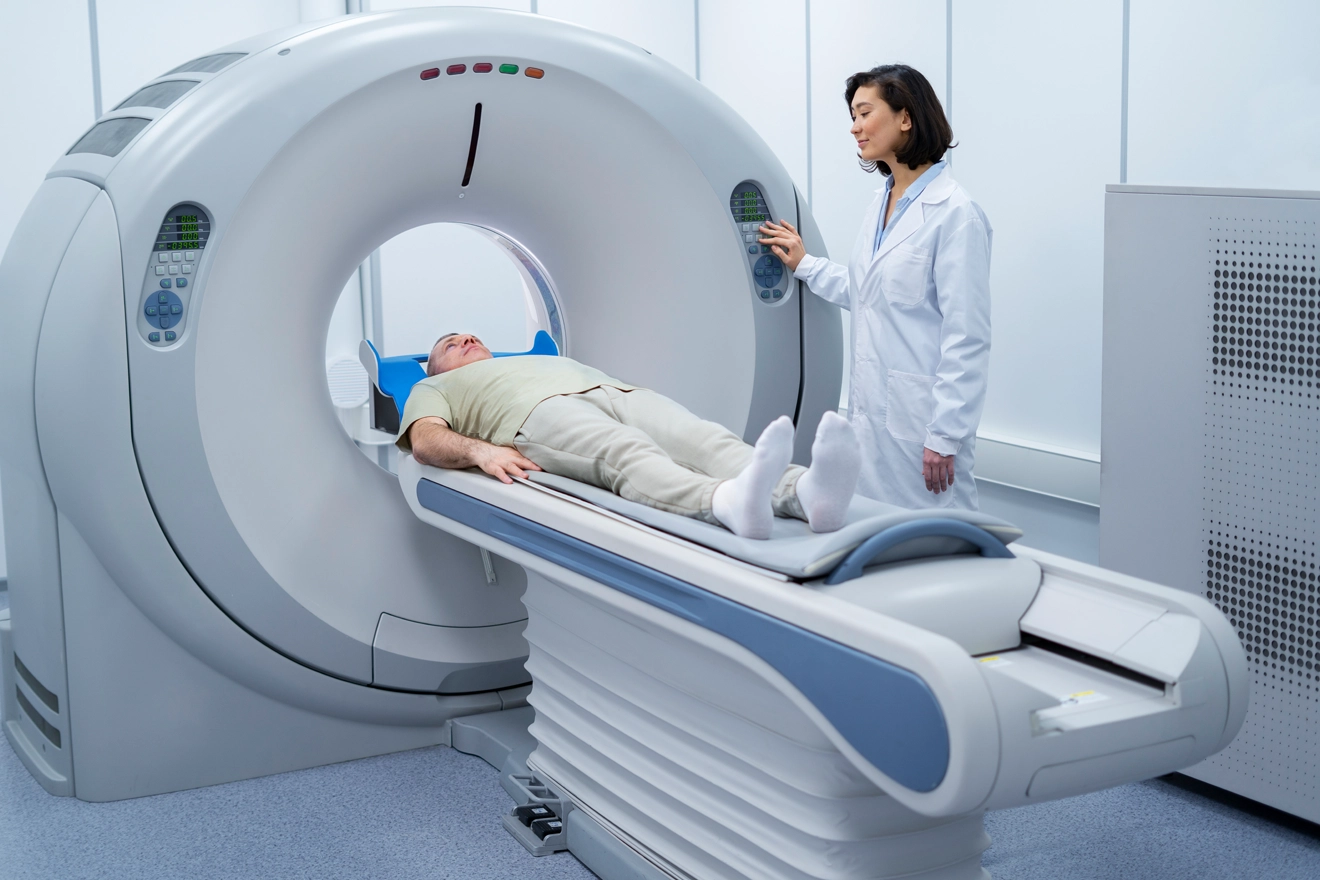
Medical device labeling is a critical part of any device. It provides information to the consumer in textual or graphic forms on the packaging. It intends to increase the safety and usage instructions for consumers. When there is a false or misleading label, it is regarded as a misbranded medical device or adulterated medical device. It is considered a legal offense when a device fails to report essential product information based on its judicial requirements.
The most common reasons a device is considered misbranded or mislabeled are as follows:
- When the maker, packer, or distributor's name and location of business are not included on the package form or label
- When the label omits to explicitly mention the content details, either in terms of weight, measure, or numerical count
- When the font size is inaccurate and instructions are not visible
- When the label lacks adequate usage instructions, including warnings against use in certain diseased conditions or by children in situations where its use or application may be hazardous to health
- It is hazardous to one's health when used in the dosage, manner, frequency, or duration recommended on the label
- The established name of the device is not printed clearly in a font at least half as large as any proprietary name
- The color additives are not employed as per the regulations
- The establishment is not registered with the health Regulatory agency of the respective country
- When the labeling does not bear the prescribed standards, even though the device meets the required standards
- When there is any representation that creates a counterfeit impression of official approval
Globally, medical device misbranding and mislabeling have increased the recall rate by 15%. According to the latest consensus, devices with 510K approval account for 71% of high-risk recalls. It indicates an alarming snapshot of the industry’s quality issues and a potential threat to public health. Soaring recalls lead to serious long-term reputational and financial damage. Between 2017 and 2019, 5.9% of the device recalls were attributed to mislabeling. Each year, the FDA pulls down nearly 4,500 devices.
Here are various ways in which manufacturers can avoid labeling non-conformances:
- Keeping a tab on the latest guidelines and requirements of the Regulatory bodies where the device will be used or consumed.
- Label information should conform to all harmonized standards.
- Keep up with the latest UDI compliance.
- Proper use and safety instructions for the device or the product should be mentioned, considering the technical knowledge, experience, and education of the intended user.
- Alternate languages should be used where English is not prominent, and universal symbols can be used as they are harmonized and self-explanatory.
- Manufacturers must ensure that all the data published on medical devices and their packages are mentioned only after it has been scientifically proven.
Medical device misbranding and mislabeling are critical to be addressed because any inadequacy in the information can have serious consequences, including death or severe harm to the patient's health. It has ramifications not only for consumers but also for manufacturers. Removing a product or device from the market, addressing the cause, and managing brand reputation can be expensive. Adapting well-integrated, harmonized systems can prevent these mishaps and increase profitability and labeling efficiency.
If you want to prevent your medical devices from recalls due to misbranding and mislabeling, consult Freyr today!
For more information, refer to the following pages:
- https://www.freyrsolutions.com/blog/medical-device-labeling-compliance-under-the-eu-mdr-2017-745
- https://www.freyrsolutions.com/blog/medical-device-ifu-and-operation-manuals-key-differences









